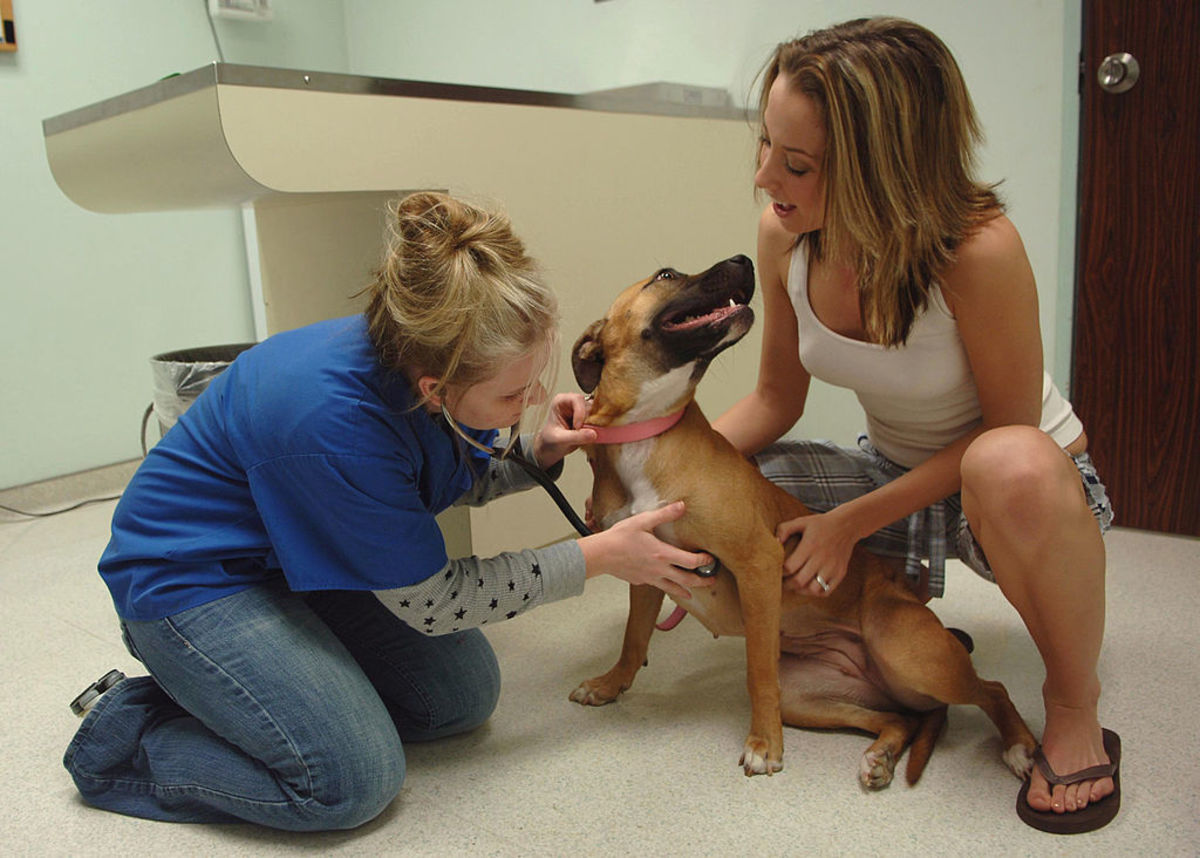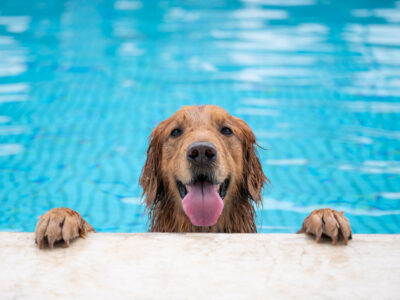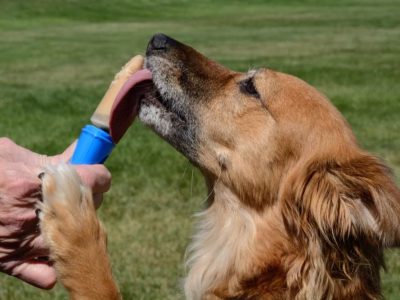
Water is drawn from the cells when the body’s water supply is low. These electrolytes are lost as a consequence of this process and may hurt a wide range of bodily functions, including muscular function. Illness and death may occur if severe dehydration goes untreated for an extended period. Giving your dog clean water or undergoing fluid therapy in the clinic might be all that is needed for treatment, which is frequently effective if identified early enough.
Dehydration in pets occurs when a dog’s body loses more water than it takes in, resulting in a decrease in its water level. Dogs may lose water via a variety of means, including panting, vomiting, fever, and a reduction in water or food intake. Dehydration may be caused by a dog’s inability to eat, drink, or exert energy due to an underlying ailment or sickness.
- Dehydration in Dogs: Diagnosis
The skin test may be used to determine whether your dog is dehydrated as a home test for dehydration. Aar lack of moisture makes the skin less elastic. You may check the flexibility of your dog’s skin by pulling a tiny section of it from the rear. If your dog’s skin does not snap back into place within 1-2 seconds after being released, he or she may be dehydrated. If your dog’s gums don’t become white when pressed with a finger, try another method. Upon being freed, that region should return to its original color of pink. Your dog may be suffering from dehydration if it takes a long time to rehydrate.
You may be able to tell whether your dog is dehydrated by having a complete checkup at your veterinarian’s office. Additionally, your veterinarian will examine your pet’s medical history to see if there is an underlying problem that is preventing him or her from eating or drinking. Any unusual or out-of-the-ordinary conduct should be brought to the attention of a veterinary professional. Samples of blood may be collected and analyzed. Urinalysis may be performed to detect the kidney’s response to dehydration. X-rays and CT scans, as well as tissue and fluid samples, may be utilized to further investigate a disease for which a treatment is considered to be ineffective.
- Dehydration in dogs may be treated
As a primary therapy for dehydration, you should rehydrate your dog. Before administering fluid therapy, a veterinarian will determine how much fluid your dog has lost.
Mild dehydration may be managed by providing your dog with easy access to fresh water. Your dog may be unable to drink on his own if his dehydration is severe or moderate.
Subcutaneous or intravenous injections are the most common methods of administering fluid treatment. Rehydration with an IV is the most effective approach available. This procedure will need the use of a catheter at a medical facility, where it will be thoroughly monitored. Consuming too much fluid in a short period might be harmful.
Shock, sickness, and even death may follow if dehydration is not addressed. If your pet’s dehydration is caused by an underlying problem or sickness, you and your veterinarian will devise a treatment strategy tailored to address that issue.











